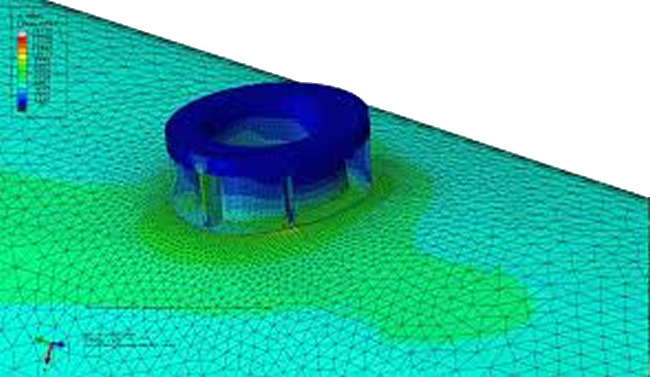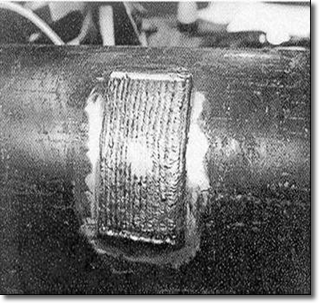Leadership
I was asked to participate in an engineering career development panel session at the 2013 ASME Pressure Vessel and Piping Conference which was held in Paris, France. I elected to talk about what engineers can do to improve their leadership skills. I am including some of the introductory material in this blog; the full presentation can be downloaded as a pdf here.
I thought it best to clearly define what a leader is. It is simply a person that people follow. This is separate from the definition of a manager, which is an appointed position whose role is to plan, organize and coordinate the work. Generally, the most effective managers are also leaders. And generally, an organization needs leaders to achieve its potential and grow. If you wish to be a manager, and are in an organization that prefers to select people with leadership skills as managers, then you should develop leadership skills. While that is the subject of the full presentation, for this blog I am only posting the roles of a leader.
I condense the role of the leader to five simple points:
- Have a vision. This could the leader’s own vision, or in a larger organization, perhaps the vision of the organization. For example, a platoon leader in the military should share the organization’s vision.
- Achieve alignment of people with the vision via communication. Organizations are more effective when people are aligned with a shared vision. Think, for example of a dog sled. If the dogs are all pulling in the same direction (aligned), the sled makes good progress. If they are pulling in different directions, progress is poor at best.
- Empower people to work towards that vision.
- Reinforce alignment over time. People may drift off alignment.
- Redirect the organization, as required, as the organization learns through experience. We don’t always start out with the best plans and vision, but we can adjust over time.
Most of the skills required for this can be developed by practice, and/or by making a conscious decision on how you will behave, and working on it until it becomes ingrained behavior.
[readon2 url=”index.php?option=com_rsform&view=rsform&formId=4&Itemid=620″]Click to Request Info[/readon2]




